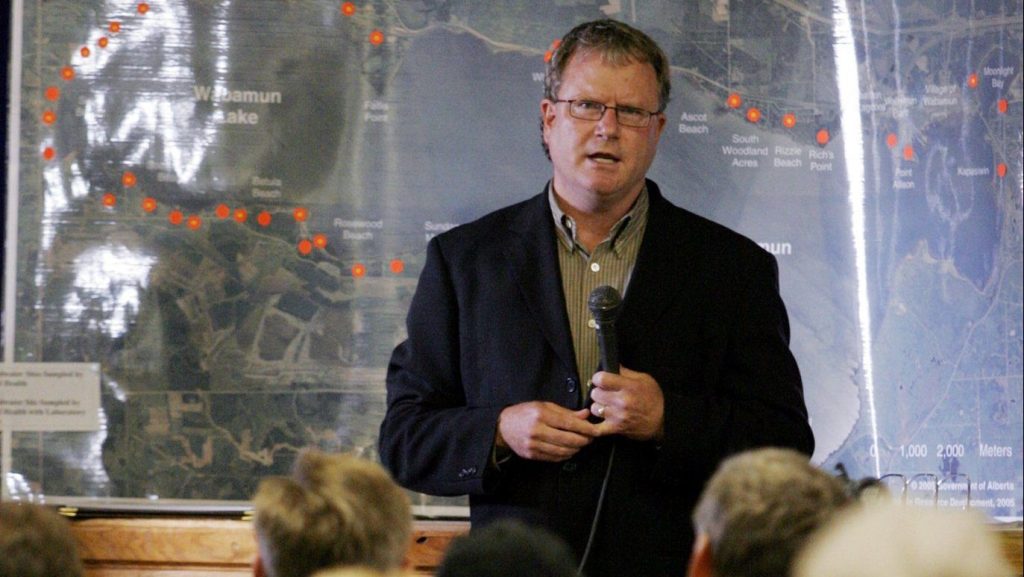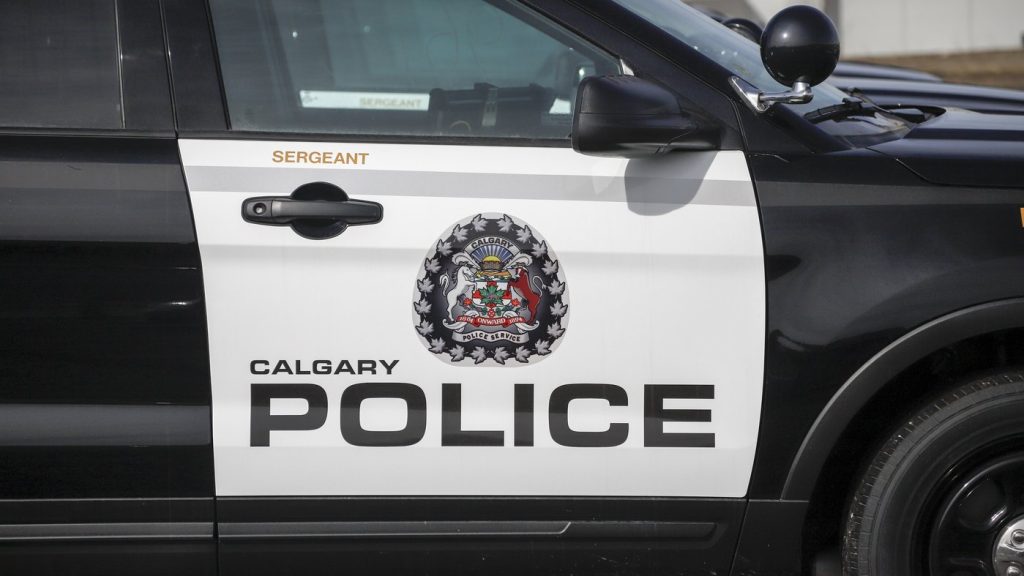What’s it really like to die from COVID? Edmonton ICU doctor’s harrowing step-by-step account
Posted Oct 1, 2021 1:18 pm.
Last Updated Oct 1, 2021 12:02 pm.
EDMONTON – Every day we see the seas of masks, the televised pleas from politicians and public health officials, and the angry protests and posts from Facebook pontificators.
What we don’t see are the lonesome and laboured final breaths that take place behind closed doors.
But some physicians, like Edmonton’s Dr. Darren Markland, are using their reach on social media to peel back the curtain on COVID-19’s harshest reality – dying.
They treat potential coinfections, mange noncovid aspects of patient health and importantly try to turn the course of the disease with steroids and monoclonal antibody therapy. If the trajectory is set, they come to the unit to be placed on a ventilator.
— Darren Markland (@drdagly) September 30, 2021
Markland, who previously shared the case of a single mom’s ICU admission, has now released a series of tweets that provide a step-by-step, clinical account of how death by COVID-19 transpires.
READ MORE: Alberta doctor details heartbreaking case of COVID-19 patient rushed to the ER
It’s a tragic tale often riddled with complications and coinfections and a dangerous immune response that he likens to a “wildfire that got out of control.”
That is why none of the antiviral therapies work in the ICU. We are battling uncontrolled inflammation. You know when you bang your arm and it hurts way more the next day? Like that, but because COVID targets blood vessels it’s like banging every part of your body.
— Darren Markland (@drdagly) September 30, 2021
“That is why none of the antiviral therapies work in the ICU,” he notes. “We are battling uncontrolled inflammation.”
As the inflammation worsens, the lungs progressively stiffen. To make matters worse, doctors must fend off blood clots, bacterial infections, bedsores, organ failure, and malnutrition while waiting for the lungs to heal.
RELATED:
-
‘Sad reality’: AHS lead says COVID deaths keeping hospitals from being overrun
-
Alberta COVID party sends several people to hospital with virus
-
Alberta hospitals getting harassing calls questioning COVID ICU capacity
In order for that healing to take place, patients must be heavily sedated.
“It can make people incredibly weak, but there are no other options,” he said.
To keep people with this lung disease (it’s call ARDS) from ripping their lungs apart we need to sedate them very heavily. Sometimes even paralyze them. It can make people incredibly weak, but there are no other options.
— Darren Markland (@drdagly) September 30, 2021
“There is no clear way to predict who will get better and when. It’s an unclear pathway dictated by genetics and immunity. It’s heralded by the ventilators silence as it can relax and not push the air so hard.”
Some seem to recover, only to get worse again.
At that point we can start to wake our patients up. There emergence is often dramatic, like coming up from deep water. We need to be gentle. Too much struggling and we can lose all of our gains.
— Darren Markland (@drdagly) September 30, 2021
Some patients eventually wake up, many don’t.
Kidney failure is usually the first sign of imminent death.
Deprived of blood the kidneys fail first. Dialysis will keep them going forward a while longer, but without lung transplantation the heart eventually stops. Often we sit down with families before these final things happen to let them know the path their loved ones are on.
— Darren Markland (@drdagly) September 30, 2021
“Dialysis will keep them going forward a while longer, but without lung transplantation, the heart eventually stops. Often, we sit down with families before these final things happen to let them know the path their loved ones are on.”
Markland says the journey of dying in the ICU from COVID-19, usually takes about six weeks.
And though most who read this thread know that vaccination can prevent almost all of this, it is why those of us in healthcare struggle knowing this is now preventable. It’s a thought that torments us through every day of those 6 weeks.
— Darren Markland (@drdagly) September 30, 2021
They are deaths he calls largely “preventable” through vaccination and says it’s that realization that “torments” health care workers.








